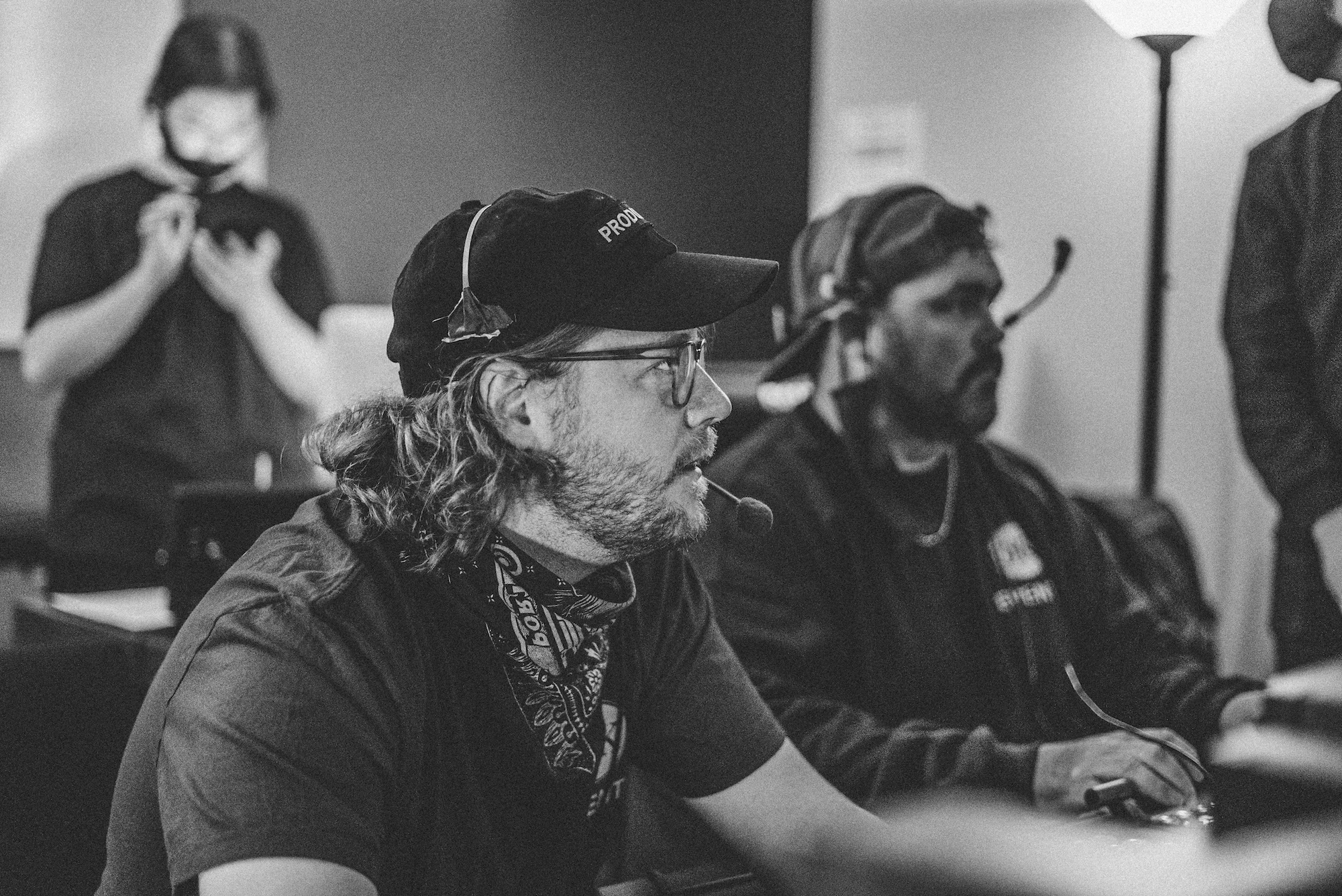The Must-Have Self-Help Guide for Festival Team & Crew Leaders
When handling festival crew and volunteers as a Crew Lead, it's crucial to lead your authority, stay organised, keep the festival moving.
1. Know Your Crew and Their Purpose
As a Team or Crew Leader, you are the first line of support and the last line of accountability for your group.
- Understand your team’s function: Whether you're leading entry, tech support, or food services, know your zone inside out.
- Clarify roles early: Everyone should know their job, shift time, and point of contact.
- Build trust: A respected leader is present, reliable, and responsive.

2. Schedule Shifts With Logic and Flexibility
Shift scheduling is where great leadership begins. It’s also where burnout can start—so get it right.
- Use templates: Create predictable shift blocks for different departments.
- Account for breaks, overlaps, and peak times: Don't leave critical posts unmanned.
- Match skills to tasks: Don’t put a first-timer on a high-stress security gate alone.
📌 Crescat’s Festival Sections let you schedule shifts by section, role, and need. You’ll always know who’s on, who’s missing, and where reinforcements are needed.
3. Communicate Like a Leader, Not a Loudspeaker
Clarity, frequency, and consistency matter more than volume.
- Use one main communication method: Whether it’s email, radio, or group chat, pick one and stick with it.
- Give daily briefings: A 10-minute check-in can prevent a day’s worth of confusion.
- Be available: Create clear escalation pathways—your crew should know how to reach you and when.
📌 Crescat gives leaders real-time access to team lists, contact info, and shift details—so you’re never out of the loop, and neither is your team.
4. Handle On-the-Ground Issues Swiftly
No schedule survives first contact with reality. Your role is to adapt and lead through the unexpected.
- Build a float team: Have on-call crew members ready to fill sudden absences.
- Document incidents: Whether it’s a conflict, injury, or critical delay, log everything.
- Stay calm under pressure: You set the emotional tone. Keep it professional and focused.
📌 Crescat lets you reassign crew in real-time, update schedules on the fly, and notify the right people instantly—all from your mobile or desktop interface.
5. Manage Accreditation Without Mayhem
Nothing slows down a shift like missing credentials.
- Pre-check access levels: Know who needs access to restricted zones, back-of-house, or artist areas.
- Distribute badges or wristbands early: Create a schedule for pickup to avoid bottlenecks.
- Keep backups on hand: For lost passes, have a system in place.
📌 Crescat integrates crew and volunteer accreditation with their role and shift data—so you know who should be where, and when, without hunting through paper lists.
6. Motivate and Appreciate Your Team
Happy, respected team members perform better and return next year.
- Recognize hard work: Shoutouts at briefings, meal vouchers, or a simple thank-you go far.
- Check in emotionally: Long hours can be draining—don’t just manage tasks, manage well-being.
- Collect feedback: Ask what worked and what didn’t. You’ll be a better leader next time.
📌 Crescat makes it easy to identify high-performing crew, track attendance, and log notes—so recognition and reviews aren’t based on memory alone.
7. Reflect, Record, Repeat
Once the event wraps, your leadership goes into archive mode.
- Document what worked: Roster issues, standout volunteers, best practices.
- Note who you’d rehire: Save those names—you’ll thank yourself next year.
- Contribute to the post-mortem: Your frontline experience matters. Share it.
📌 Crescat keeps a historical log of roles, shifts, notes, and team performance—so you can replicate success and avoid past headaches.
Final Thoughts
Crew and volunteer leadership isn’t just about checking boxes—it’s about being a reliable, empathetic force in a high-stakes environment. When your team knows you’ve got their back, they’ll give you their best.
Crescat supports you by taking the guesswork out of logistics, communication, and scheduling—so you can focus on what leadership is really about: people, presence, and purpose.